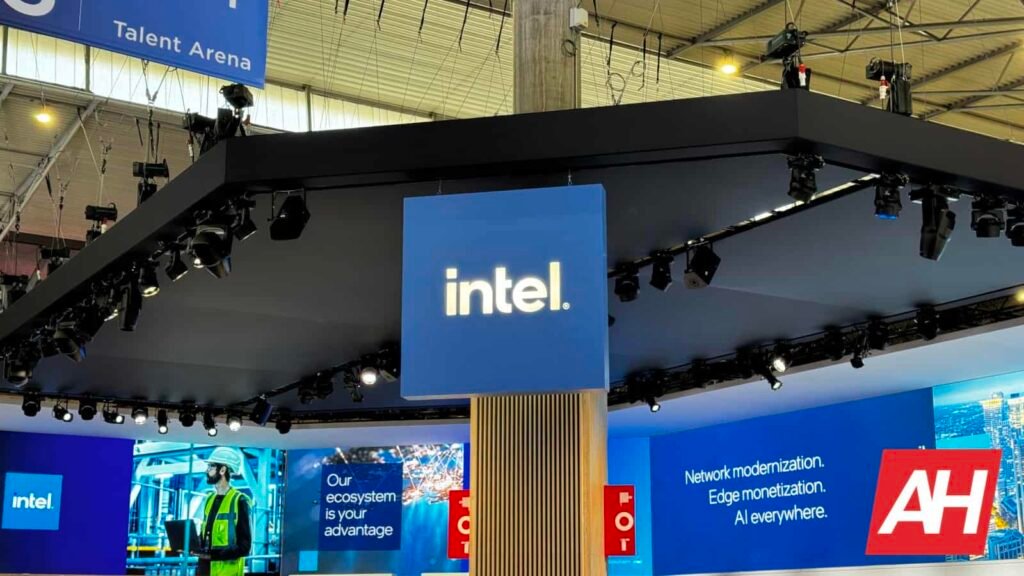

Intel has recently filed a patent for a technology called Software Defined Super Cores, and it could be a huge boost for the company’s CPUs. A boost that Intel sorely needs. Once upon a time, Intel was the undisputed king of CPUs for desktops and laptops. It wasn’t the only player, mind you, but there was a time when if you were building your own PC, or buying one that was already made, you’d want something powered by Intel. Those times have changed. Intel’s CPUs are still good, but AMD has caught up a lot. For example, AMD’s Ryzen 7 9800X3D is viewed by many as one of the top gaming CPUs. Its follow-up, the Ryzen 9 9900X3D, is viewed in much the same way.
This is where the Intel Software Defined Super Core CPUs could really change things and swing things back in Intel’s favor a bit. It’s also important to note that this tech is nowhere near finished. Intel originally filed for the patent in 2023, and it has yet to be granted. Intel has applied for it again recently. So, this is a clear indication that it might be a while yet before Intel launches an SDC CPU.
Intel’s Software Defined Super Core CPUs would merge multiple cores into a singular “virtual” core
The basic gist of this tech is that it would more or less create a singular virtual core to fuse or merge the multiple cores together. As pointed out by Gamer Meld, this would tell the operating system that tasks are running on a single core, but really, they would be operating across multiple cores.
The benefits of this could be big and would provide more than just one or two improvements. However, a major benefit could be faster task processing. There could even be some improvements to gaming performance. It’s also indicated that this could lead to improvements in power efficiency. So, in short, you end up with a CPU that more efficiently processes tasks across more cores than what’s offered today with CPUs that offer multi-threading. All while sipping less power from the system.
A key factor in why this is important is that it could be a solution to a current problem with multi-threading. Not all programs utilize multi-threading in an efficient way, or they don’t really benefit from it at all. For instance, if your CPU is processing a task, and that task is being split up across multiple threads, one thread could take longer than the others to finish processing, which could hold up the other threads. Potentially resulting in a longer process altogether. Intel’s Software Defined Super Cores might be a way around this issue. Again, though, don’t expect to see this tech available anytime soon.
The post Intel’s new ‘Super Cores’ tech could be the boost its CPUs need appeared first on Android Headlines.
